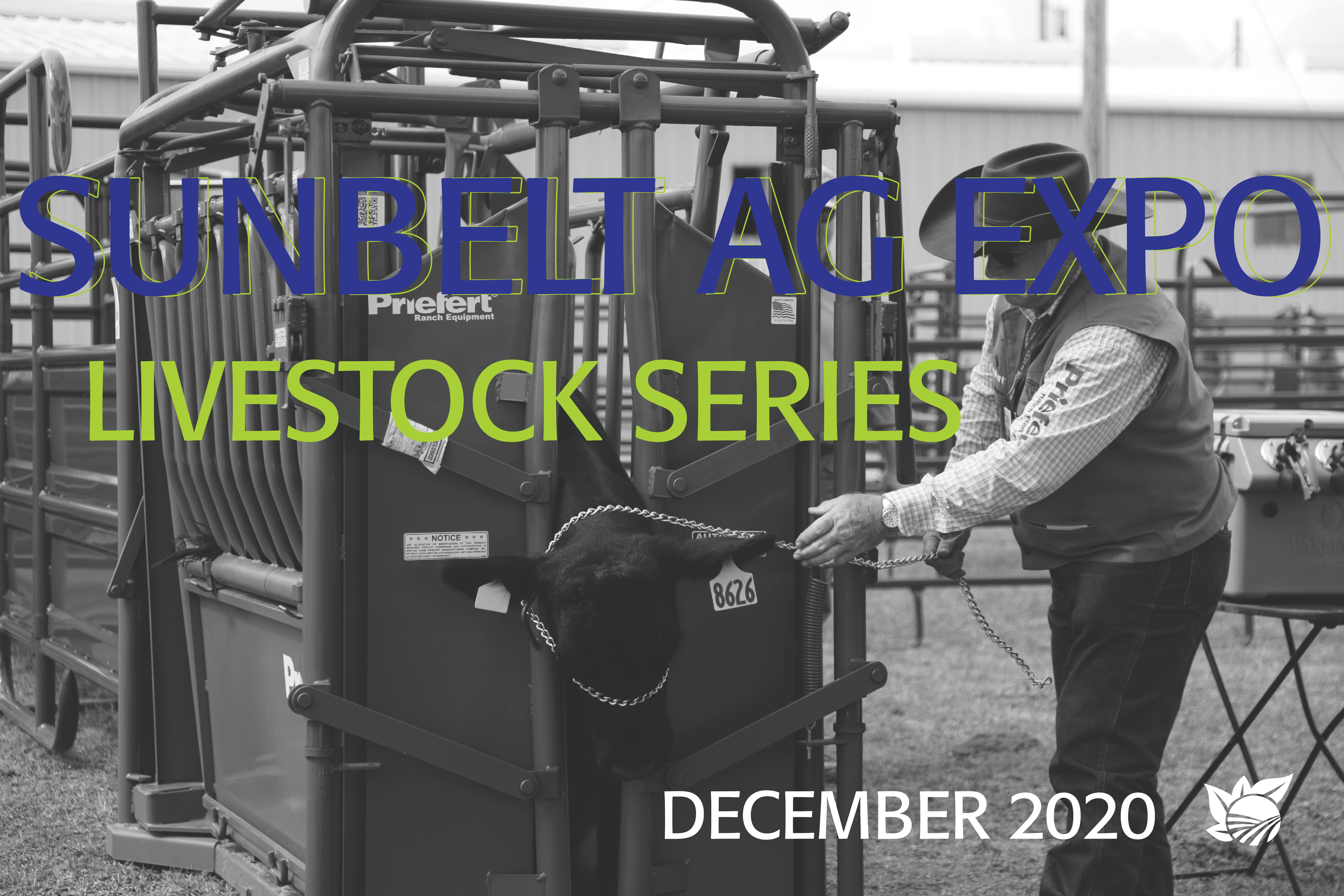As the winter winds begin to blow in, it is time to start preparing cattle for the colder temperatures that lies ahead. Good management decisions are crucial to maintaining cattle health throughout the winter. Check out these three keys to success to consider during the colder months.
 1. Body condition score
1. Body condition score
According to Ted Perry with Purina, this is the best way to reduce cold stress. You should score your cattle regularly and record the data. This record will allow you to make effective feeding decisions during the winter months. The layer of fat insulation in a cow with a 5 or 6 score will enable them to conserve body heat and be productive during the winter. When viewing your cattle every day, you may not notice if they are losing weight. Be sure to have another set of eyes look at the cattle for precaution.
2. Take inventory of available forages
During cold weather, a cow’s feed intake increases by 20 percent. When cold weather is in the upcoming forecast, you will need to increase the offered feed by 20 percent or provide additional hay at least 24 hours in advance. You must have this on hand even if you plan on continued winter grazing with rye or other winter forages. Lisa Baxter, a forage specialist with the University of Georgia, states, “although we have the ability to graze 365 days a year in Georgia, the reality is we will always have a few weeks that require supplementation. It is always good to have a month or so of high-quality hay on hand just in case of a failed stand of annual forage or inclement weather.”
3. Stay up-to-date on cattle health
According to the Oregon State Extension Catalog, cattle can present health problems during and after stress periods. The temperature change can induce stress, and stress reduces the cattle’s ability to resist infection. Vaccines are one way to keep them healthy in addition to deworming them to avoid parasites. Additionally, during cold weather months, giving extra time to examine the cattle daily is essential to prevent runny noses, pneumonia, and other respiratory issues that could lead to larger health problems in the future.
